Untitled 1955
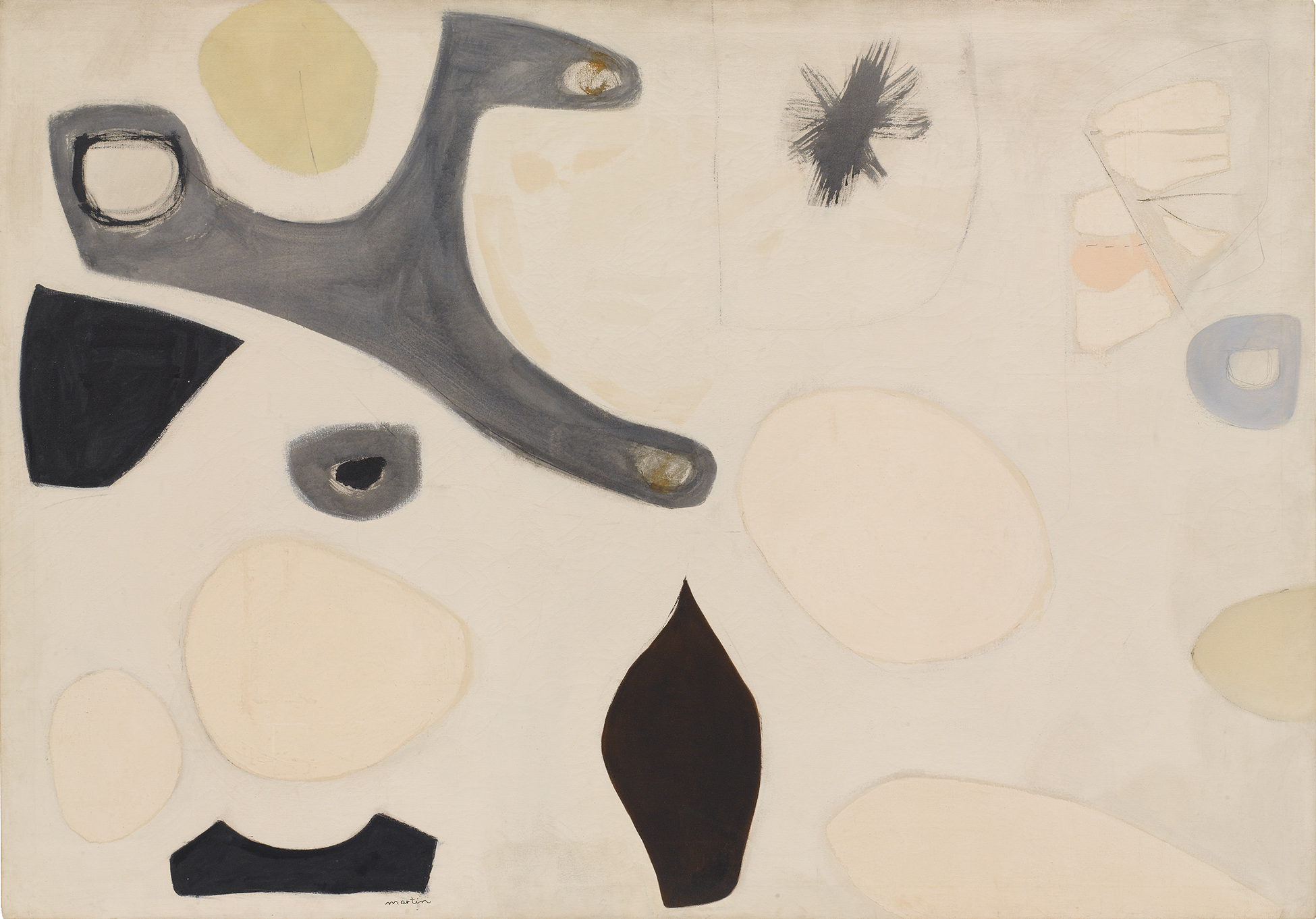
Agnes Martin, Untitled, 1955
Oil and metallic paint on canvas, 118.1 x 168.3 cm
Private collection, Houston
© Agnes Martin / SOCAN (2019)
Untitled is a key example of the biomorphic style that Martin worked in between 1954 and 1958, which was characterized by contrasting organic shapes floating over a light background. After spending two years in New York and Oregon, Martin returned to Taos in 1953, and threw herself into painting, working first in a surrealist style derived from automatism, a method of drawing without a preconceived plan. She briefly explored this approach, similar to her fellow Taos Moderns painters Beatrice Mandelman (1912–1998) and Louis Ribak (1902–1979), before settling on a biomorphic style likely influenced by paintings that she saw in New York City by Arshile Gorky (1904–1949).
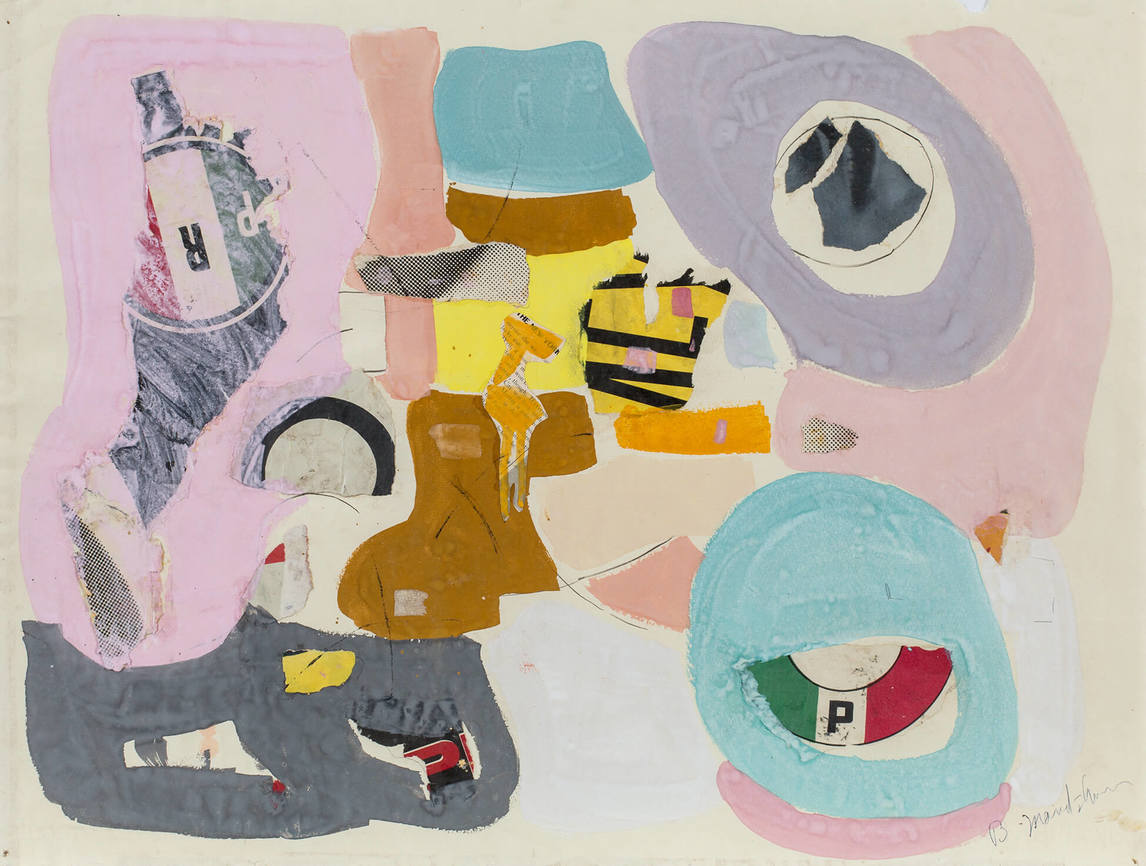
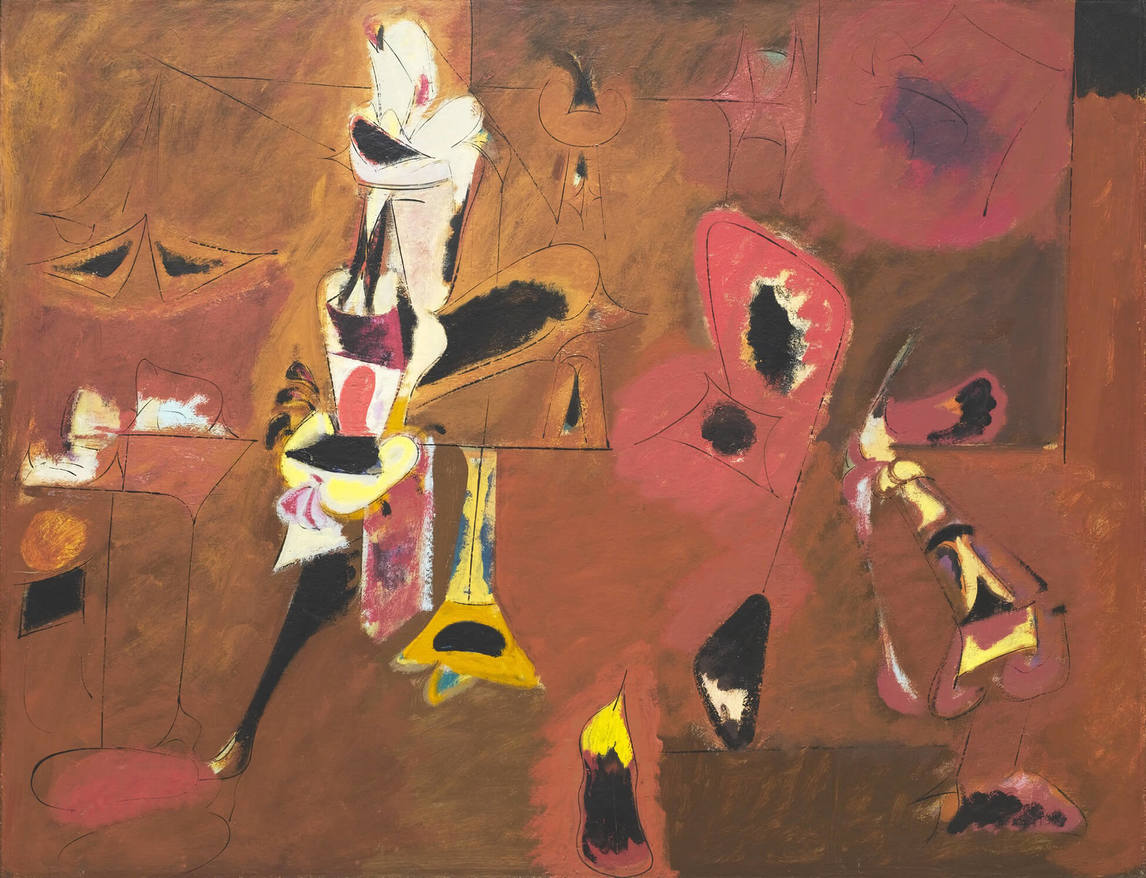
Untitled contains references to Martin’s earlier surrealist line paintings, such as The Expulsion of Adam and Eve from the Garden of Eden, c.1953. The star feature on the upper right of the 1955 canvas, for example, has a similarity to the free-floating lines of the earlier painting. The paintings represent Martin’s early investigations into total formlessness, something that she would later achieve in her mature grid paintings such as The Tree, 1964.
Martin’s surrealist and biomorphic period between 1954 and 1958 marks the first time she was able to dedicate herself to painting in a sustained way. Judging by the number of canvases in a 1953 portrait photograph of Martin by Mildred Tolbert (1919–2008), it was a productive period. One of the paintings visible in the top left corner of the photograph features a long, dark, curving tentacle, capped by a small circle, very similar to the shape in the upper left corner of Untitled. Since few of Martin’s biomorphic paintings remain, due in part to the artist’s later habit of destroying artwork that predated 1957, the photograph may be the best evidence that Martin experimented with this stylistic element heavily around 1954.
These are the paintings that gained the attention of gallery owner Betty Parsons in 1957, and ultimately that of the wider New York art world. A similar biomorphic painting from c.1956, Dancer No. I (L.T.), was featured on the invitation for Martin’s first New York exhibition at Betty Parsons Gallery. However, by the end of the 1950s, Martin had abandoned the style in favour of her grid format. Untitled was reproduced in 1973 in Martin’s first Artforum feature and again in 1992 in the Whitney Museum catalogue, making it one of the better-known paintings from this period in her career.

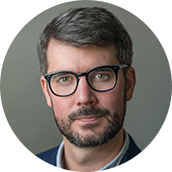 About the Author
About the Author
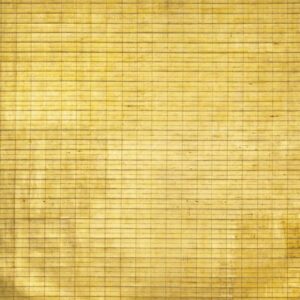 More Online Art Books
More Online Art Books
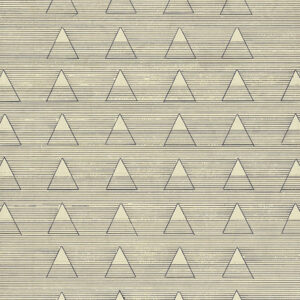 Acknowledgements
Acknowledgements